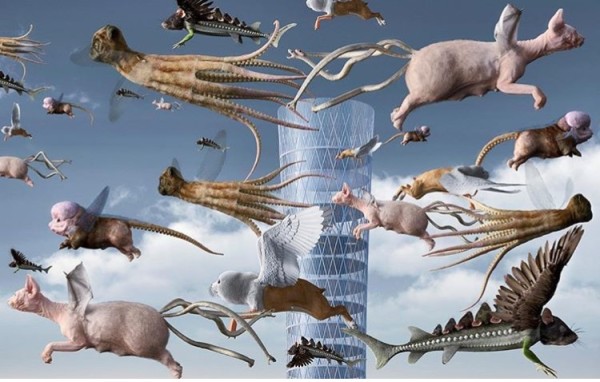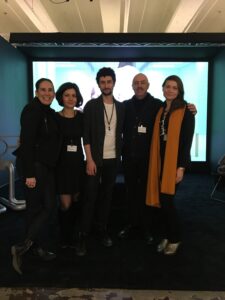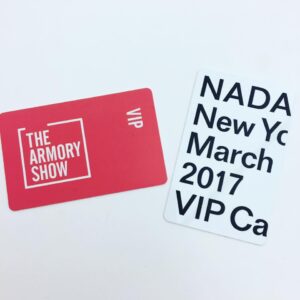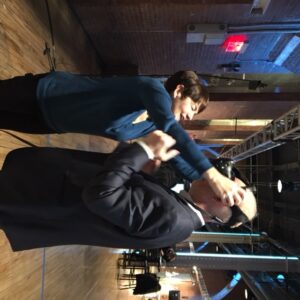Did you know that NIIO offers a comprehensive solution for powering video and media art events, fairs and festivals?
VIDEO + MEDIA EVENTS & FESTIVALS
We’re big fans of digital art (video, film, VR/AR) and are always looking for ways to make immersive experiences more widely accessible. Fairs and festivals are great ways to do this yet they are often difficult to produce requiring expensive IT and AV resources.
We went in search of the best tools for “powering” video and media art events, something that makes it easy to distribute and display digital art. When we couldn’t find it – – WE BUILT IT.
NIIO EVENTS: Distribute + Display
Our cloud platform with customized professional tools make it easy for any event organizer to produce video and new media events from fairs and festivals to open call competitions. We provide a simple end-to-end solution that can support every step including:
- SUBMISSIONS: 1 platform
- NIIO supports all digital formats from 4K video and film to VR and AR making it possible for ALL creators to submit their work to a single platform.
- Gone are the days of cobbling together email attachments, USB sticks or files on DropBox/WeTransfer.
- REVIEW PROCESS: 1 platform
- All works, regardless of file format, are able to be viewed by judges and curators from a single location in the format in which they were intended (e.g. 4K).
- Gone are the days of viewing low res samples on Vimeo/YouTube while managing passwords in a separate Excel file.
- CURATION
- Event organizers can select submitted works from the NIIO platform and organize them into a dedicated channel for playback.
- ONSITE PLAYBACK
- Once event organizers have selected the works they plan to feature, they can pair their NIIO account with any screen or projector and enjoy professional, uninterrupted 4K/60FPS looping playback via the FREE NIIO ArtPlayer (Android).
- NIIO’s rendering engine, once paired with a screen, will determine the file needed for optimal playback and will instantly re-renders the image , no expensive IT or AV teams needed.
NIIO POWERS EVENTS
Over the past few months, we’ve been powering (distribution + display) events across Europe and the US including the inaugural film and video program at Art Helsinki, in collaboration with Moving Image, TRANSFER Gallery’s TRANSFER Download at San Francisco’s famed Minnesota Street Project, Norway’s Screen City Biennial, bitforms Gallery @ Art Basel as well as several Art Lounges including two with our hardware partners, Philips and BARCO at ISE, (Integrated Systems Europe), the world’s largest AV and system integration show.
NIIO at ARMORY WEEK in NYC
This winter, NIIO had a significant presence in NYC during Armory Art Week. We were selected by Ed Winkleman and Murat Orozobekov, founders Moving Image Art Fair, to power the NY show which features digital works from 30 global galleries including single channel 4K pieces to VR and AR as well as Kelani Nichole, founder of TRANSFER Gallery who selected NIIO to POWER their presentation of AES+F’s latest work, ‘Inverso Mundus’ at NADA (New Art Dealers Alliance).
WANT EARLY ACCESS TO NIIO EVENTS?
Get in touch at [email protected].














 .
. 









